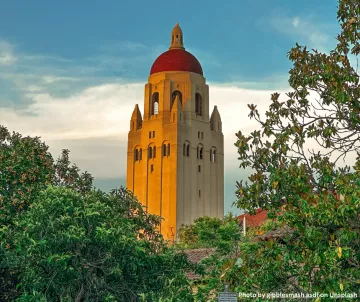
Envision 2,300 acres of verdant hillsides and oak savannah—one of the last grassland ecosystems left in Santa Clara county. This beautiful land is home for a variety of wildlife, including the rare California Tiger salamander. This irreplaceable open space constitutes the Stanford foothills, located in an unincorporated area of Santa Clara county.
Even though Stanford owns the land, the university needs the consent of the Santa Clara County Board of Supervisors in order to develop it. While the university has no current plans to develop the foothills, Stanford’s managers, including the trustees, would like to have the option and flexibility of expanding into the foothills in the future. We, on the other hand, do not want to see the destruction of a vibrant ecosystem. Therefore, our Loma Prieta Chapter activists felt compelled to advocate and to work with the Santa Clara Board of Supervisors on an update of the Stanford Community Plan, a document that sets down guidelines for land-use and development. We are pleased to report that the result is a plan that contains key environmental protection provisions. The current updated Community Plan states clearly that it is Stanford’s responsibility to fully mitigate its environmental footprint, especially in the areas of housing, transportation and land use. In the area of land use, Stanford is required to adhere to the “academic growth boundary” (as set forth in the 2000 Stanford Community Plan), which restricts development in the Stanford foothills. This provision was extended for 99 years unless a supermajority (four out of five supervisors on the Santa Clara Board of Supervisors) agrees to allow development).
This was a major win for us! Kudos to not only all of the groups that collaborated on this effort but also to Supervisor Joe Simitian who played a leading role in the updated Stanford Community Plan. He was adamant that Stanford take responsibility for full mitigation of its environmental footprint and repeatedly underscored the fact that Stanford can expand to three times its current density without expanding into the foothills. Thank you, Supervisor Simitian!
Learn more about the updated 2023 version of the Stanford Community Plan.